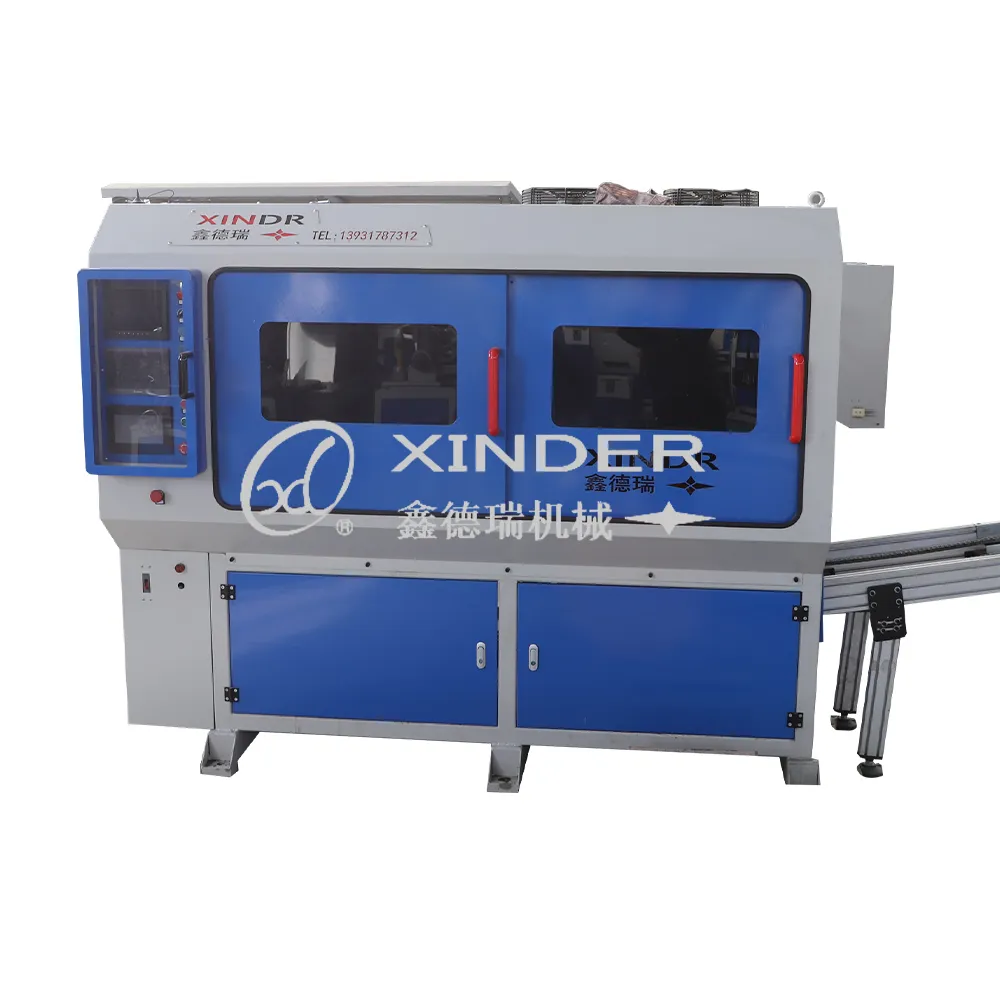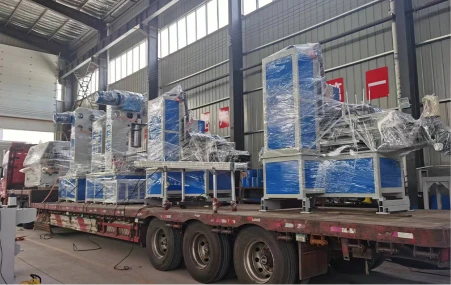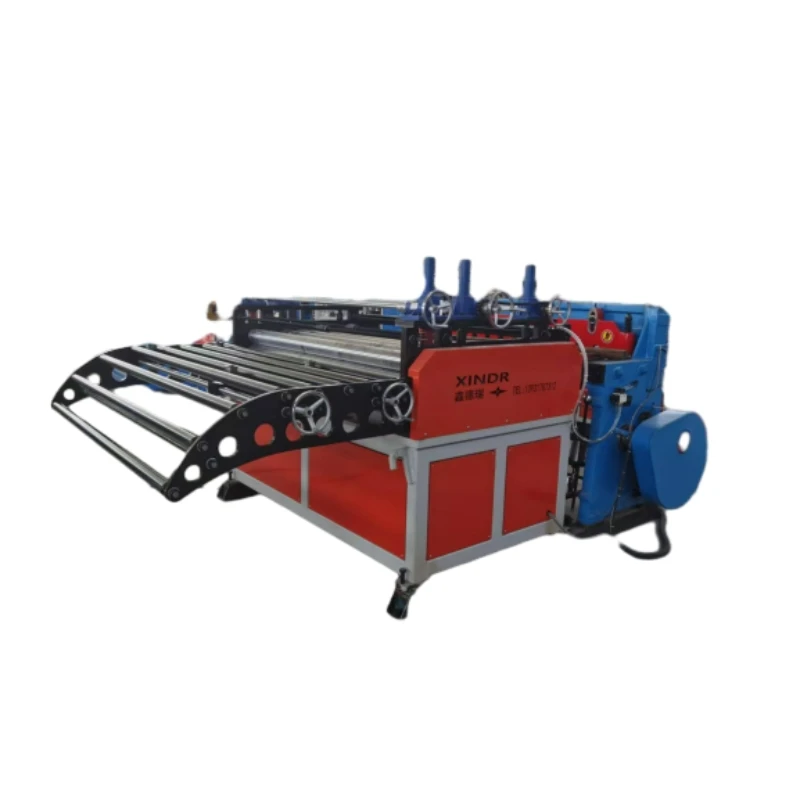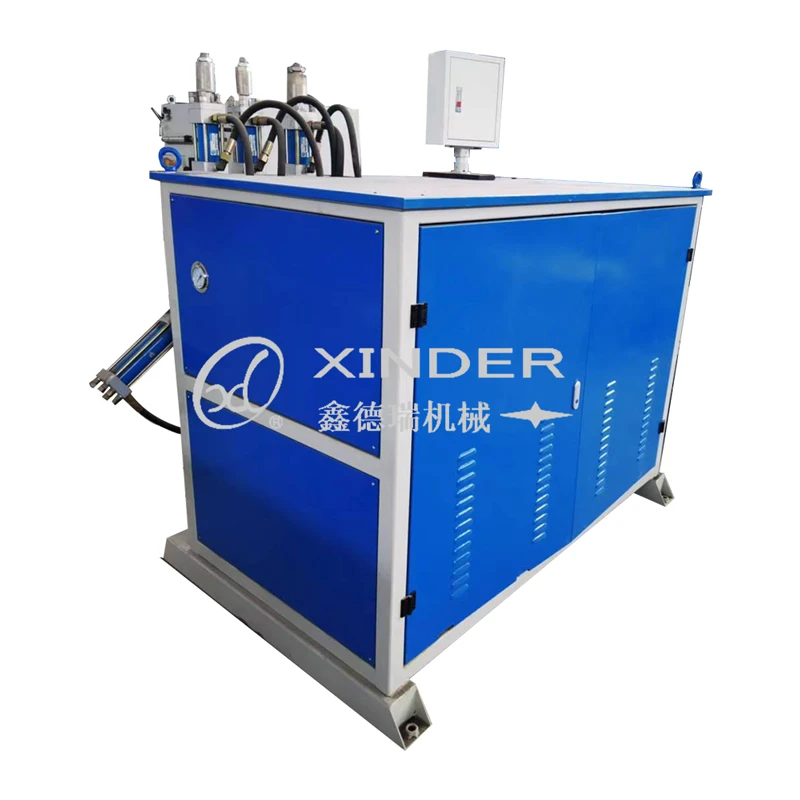-
 8613931787312
8613931787312 -
 Botou Industrial Zone on the east side of National Highway 104, Botou City, Hebei Province
Botou Industrial Zone on the east side of National Highway 104, Botou City, Hebei Province
- Afrikaans
- Albanian
- Amharic
- Arabic
- Armenian
- Azerbaijani
- Basque
- Belarusian
- Bengali
- Bosnian
- Bulgarian
- Catalan
- Cebuano
- Corsican
- Croatian
- Czech
- Danish
- Dutch
- English
- Esperanto
- Estonian
- Finnish
- French
- Frisian
- Galician
- Georgian
- German
- Greek
- Gujarati
- haitian_creole
- hausa
- hawaiian
- Hebrew
- Hindi
- Miao
- Hungarian
- Icelandic
- igbo
- Indonesian
- irish
- Italian
- Japanese
- Javanese
- Kannada
- kazakh
- Khmer
- Rwandese
- Korean
- Kurdish
- Kyrgyz
- Lao
- Latin
- Latvian
- Lithuanian
- Luxembourgish
- Macedonian
- Malgashi
- Malay
- Malayalam
- Maltese
- Maori
- Marathi
- Mongolian
- Myanmar
- Nepali
- Norwegian
- Norwegian
- Occitan
- Pashto
- Persian
- Polish
- Portuguese
- Punjabi
- Romanian
- Russian
- Samoan
- scottish-gaelic
- Serbian
- Sesotho
- Shona
- Sindhi
- Sinhala
- Slovak
- Slovenian
- Somali
- Spanish
- Sundanese
- Swahili
- Swedish
- Tagalog
- Tajik
- Tamil
- Tatar
- Telugu
- Thai
- Turkish
- Turkmen
- Ukrainian
- Urdu
- Uighur
- Uzbek
- Vietnamese
- Welsh
- Bantu
- Yiddish
- Yoruba
- Zulu
Laser Welding Machine Cost Compare Prices & Save on Industrial Models
- Laser Welding Fundamentals and Cost Structure
- Technological Advantages Driving Value
- Key Factors Affecting Equipment Pricing
- Comparative Analysis of Leading Manufacturers
- Customization Options and Cost Implications
- Industry Applications Demonstrating ROI
- Smart Investment Strategies for Buyers

(cost of laser welding machine)
Understanding the Cost of Laser Welding Machines
Laser welding systems represent a significant technological advancement over traditional welding methods, with pricing reflecting their sophisticated engineering. Entry-level benchtop fiber laser welders typically start around $20,000, while industrial-grade automation-integrated solutions can reach $350,000+. Unlike conventional welding equipment, laser systems combine multiple subsystems including high-power laser sources, precision optics, motion controls, and specialized software - each contributing to the total investment. The cost of laser welding equipment correlates directly with processing capabilities: higher power outputs (measured in kW), superior beam quality (BPP values), and advanced monitoring systems command premium pricing.
Market analysis reveals distinct price segments for laser welders. Manual portable units designed for spot welding in jewelry or electronics repair typically cost between $8,000-$35,000. Semi-automated systems for general manufacturing range from $40,000-$150,000, while fully integrated robotic laser cells for automotive or aerospace applications command $150,000-$500,000. The price differences stem from critical factors like laser source type (fiber lasers dominate industrial applications with superior efficiency), power output scalability, cooling system requirements, and automation integration level.
Technological Advantages Driving Value
Laser welding delivers unparalleled precision with heat-affected zones up to 60% narrower than TIG welding, enabling distortion-free joins on complex geometries. Processing speeds typically outperform conventional methods by 3-5x, while achieving depth-to-width ratios exceeding 10:1. Modern fiber laser sources maintain wall-plug efficiency rates exceeding 35%, substantially reducing energy costs compared to arc welding processes.
The non-contact nature of laser welding eliminates electrode contamination and enables welding in challenging configurations. Advanced systems now incorporate real-time seam tracking and adaptive power control, maintaining consistent weld integrity despite material variations. These technical capabilities translate to direct operational savings: reduced scrap rates (often below 2%), minimized post-processing requirements, and lower gas consumption compared to MIG/MAG processes.
Key Factors Affecting Equipment Pricing
| Price Factor | Entry-Level Impact | Industrial Impact | Cost Range |
|---|---|---|---|
| Laser Power (Wattage) | 500-1,000W (±$12,000) | 2-6kW (±$45,000) | +$100-$125 per watt |
| Beam Quality (BPP) | >4 mm•mrad (±$15,000) | <2 mm•mrad (±$35,000) | Premium 20-40% |
| Positioning Accuracy | ±0.1mm (±$8,000) | ±0.02mm (±$28,000) | Precision premium 15-30% |
| Cooling System | Air-cooled (±$4,000) | Chiller systems (±$15,000) | +$5,000-$25,000 |
| Automation Level | Manual (±$15,000) | Robotic integration (±$150,000) | +$25,000-$225,000 |
Comparative Analysis of Leading Manufacturers
| Manufacturer | Entry Model | Mid-Range | Industrial Solution | Service Cost/Year |
|---|---|---|---|---|
| IPG Photonics | $28,500 (1kW) | $95,000 (3kW) | $290,000 (6kW) | $3,500 |
| TRUMPF | $48,000 (1kW) | $128,000 (4kW) | $385,000 (8kW) | $7,200 |
| Amada Weld Tech | $35,200 (800W) | $88,000 (2kW) | $255,000 (6kW) | $4,800 |
| Han's Laser | $18,500 (1kW) | $56,000 (3kW) | $165,000 (6kW) | $2,900 |
| Coherent/Rofin | $37,800 (1.5kW) | $102,000 (4kW) | $295,000 (8kW) | $5,600 |
Customization Options and Cost Implications
Manufacturers offer significant configuration options that impact laser welders cost. Process-specific modifications include wavelength adjustments (typically 1070nm standard, with 532nm or 355nm adding 15-25% premium), custom focusing optics for specialized joint geometries (±$6,500), and application-specific shielding gas delivery systems (±$4,200). These engineering modifications typically add 12-30% to base equipment costs.
Application-specific packages represent another pricing consideration. Medical device manufacturing systems require ISO Class 4 integration ($8,000-$35,000 upgrade), while battery welding packages with precision capacitive discharge control add $12,000-$28,000. For large-scale production, automated loading/unloading integration increases initial investment by $25,000-$80,000 but reduces labor costs by 40-65%. Recent industry surveys indicate 68% of operators consider application-specific customization essential despite the 15-40% price increase.
Industry Applications Demonstrating ROI
In electronics manufacturing, a $95,000 laser welding system replaced $380,000 in resistance spot welders while increasing throughput 320% at Foxconn's Shenzhen facility. The precision laser solution reduced thermal damage to sensitive components, decreasing scrap rates from 8.2% to 1.3% with 18-month ROI. Automotive part suppliers consistently report 40-55% operational cost reductions after transitioning from robotic MIG systems to fiber laser welding cells.
Medical implant manufacturers validate superior cost-efficiency from laser systems: Stryker's knee implant division documented 53% reduction in post-processing labor and 22% material savings after implementing $285,000 TRUMPF laser welders. Energy sector applications reveal similar patterns - solar panel producers achieve 7µm precision joins impossible with conventional methods, reducing silver paste consumption by 28% despite higher initial laser welder cost.
Making Smart Investment Decisions for Laser Welding Technology
Evaluating the cost of a laser welder requires comprehensive analysis beyond initial pricing. Leading manufacturers provide lifecycle cost calculators incorporating consumables (laser diodes averaging 100,000 hours), maintenance expenses (typically 3-5% of purchase price annually), and process gas requirements. Power efficiency presents significant long-term savings: 4kW fiber lasers consume approximately 14kW total power compared to 28kW for equivalent MIG welders, yielding $8,500+ annual electricity savings at industrial duty cycles.
Financing structures increasingly make industrial laser adoption accessible. Lease-to-own agreements require 15-25% down payments with 36-60 month terms, while productivity-based financing ties payments to documented savings. Government manufacturing modernization grants frequently offset 15-40% of equipment expenditures. Current market analysis indicates 42% ROI within 24 months remains achievable for medium-volume production when implementing properly specified laser welding solutions.

(cost of laser welding machine)
FAQS on cost of laser welding machine
Q: What factors influence the cost of a laser welding machine?
A: The cost depends on the machine's power output, brand, automation capabilities, and additional features like cooling systems or software integration. Higher precision and advanced configurations typically increase the price.
Q: How much do entry-level laser welders cost?
A: Entry-level laser welders range from $3,000 to $15,000, suitable for small-scale or hobbyist use. These machines often have lower power (e.g., 500W-1kW) and basic functionality compared to industrial models.
Q: What is the average cost of a high-power industrial laser welder?
A: Industrial-grade laser welders with 2kW-6kW power typically cost between $50,000 and $200,000+. Prices vary based on customization, beam quality, and integration with production-line systems like robotics.
Q: Are there hidden costs beyond the initial laser welder purchase price?
A: Yes, additional costs may include maintenance contracts (10-20% annually), shielding gases, spare parts, and operator training. Energy consumption and facility upgrades (e.g., electrical systems) can also add expenses.
Q: How does fiber laser welder cost compare to other welding technologies?
A: Fiber laser welders are 3-5x more expensive upfront than traditional MIG/TIG machines but offer lower long-term operational costs. They provide faster speeds, higher precision, and reduced material waste, improving ROI for high-volume applications.
-
Understanding Automatic Seam Welding Machines: A Game Changer in Welding TechnologyNewsJul.18,2025
-
Revolutionizing Packaging: The Role of Welding Machines in Steel and Tin Can ManufacturingNewsJul.18,2025
-
Precision in Motion: Exploring Seam Welding Machines for Industrial FabricationNewsJul.18,2025
-
Mastering Precision Bending: A Guide to Tube Benders and Their TypesNewsJul.18,2025
-
Inside the World of Barrel Manufacturing: Machines, Lines, and CostsNewsJul.18,2025
-
Exploring the Technology Behind Elbow Bending Machines in Pipe ManufacturingNewsJul.18,2025
-
Unlocking the Power of Light: Exploring Modern Laser Welding SolutionsNewsJul.15,2025
-
 Pneumatic Handle Welding MachineSep . 13, 2024
Pneumatic Handle Welding MachineSep . 13, 2024 -
 Fully Automatic Kaiping Production LineOct . 17, 2024
Fully Automatic Kaiping Production LineOct . 17, 2024 -
 Fully Automatic Metal Bucket Lifting HeadphonesSep . 14, 2024
Fully Automatic Metal Bucket Lifting HeadphonesSep . 14, 2024

